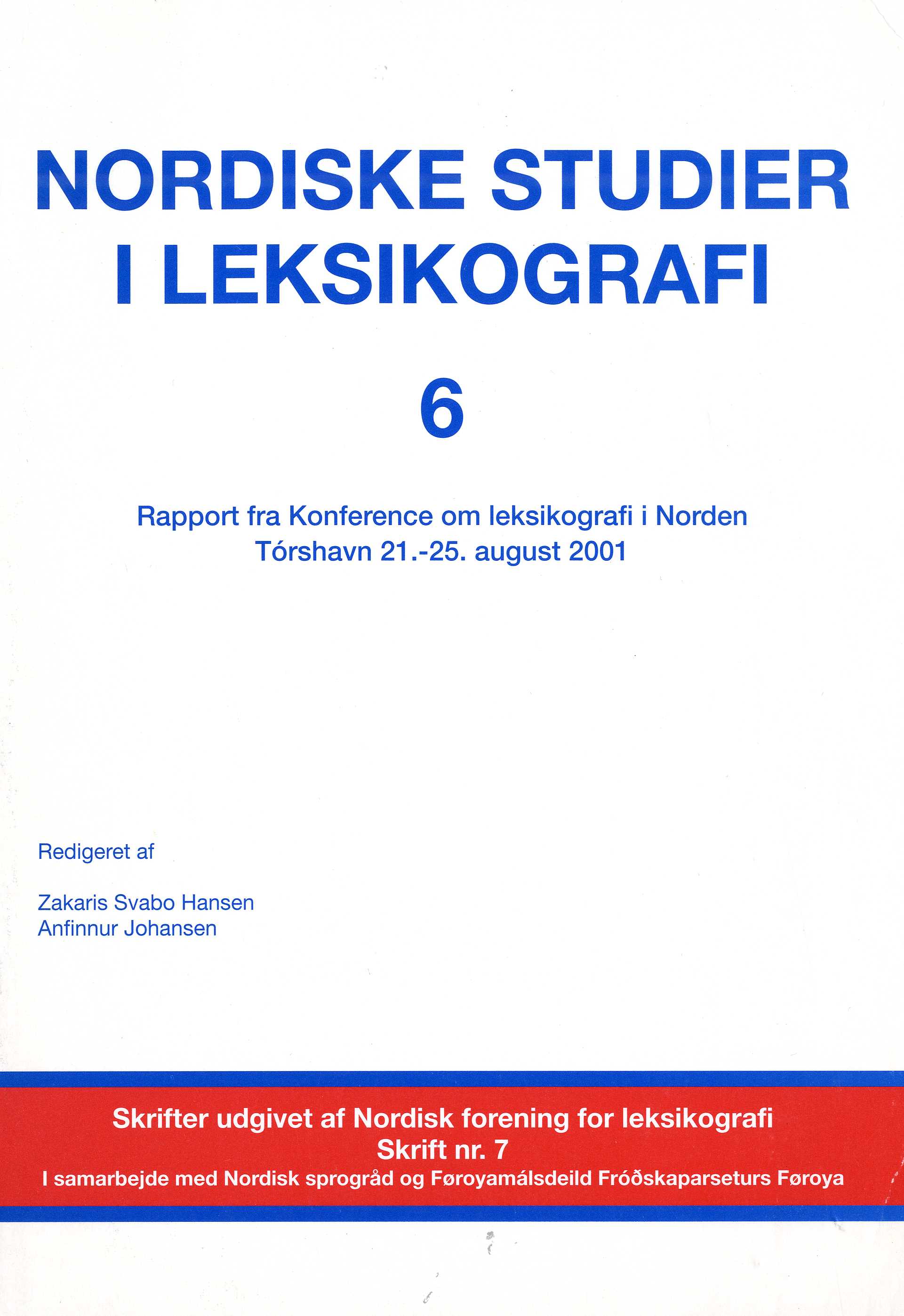Vad är partiklar för ord? – Partikelbehandlingen i finska ordböcker från 1800-talet
Abstract
Finding a good definition for the class of particles has posed a problem for both grammarians and lexicographers in Finland. Finnish grammarians have mostly defined particles (via other parts of speech) as something that do not fit into the easily definable parts if speech. The morphological criterion for particles has been that they cannot be inflected. From a lexicographic point of view, the problem has been that the words defined as particles are often, in fact, inflected forms of verbs and nouns. I n this article we study how the notion of particle is used in the two most central Finnish dictionaries from the 19th century, and how these dictionaries handle particles. The dictionaries in question are Suomalainen Sana-Kirja (‘Finnish Dictionary’) from 1826 by Gustaf Renvall, and Finsk-Svenskt Lexikon (Finnish - Swedish Dictionary) by Elias Lönnrot from 1874-1880. We show that these two lexicographers have chosen a different strategy in dealing with particles. We also show that this difference can be explained by relating their lexicographic activity to their other interests in society and the fields of linguistics. All in all, we argue that in order to understand the history of lexicography, we should see it in a wide cultural context.Downloads
Published
2004-01-01
How to Cite
Seppänen, E.-L., & Herlin, I. (2004). Vad är partiklar för ord? – Partikelbehandlingen i finska ordböcker från 1800-talet. Nordiske Studier I Leksikografi, (6). Retrieved from https://tidsskrift.dk/nsil/article/view/19412
Issue
Section
Artikler
License
Nordisk Forening for Leksikografi/NSL og forfatterne.





